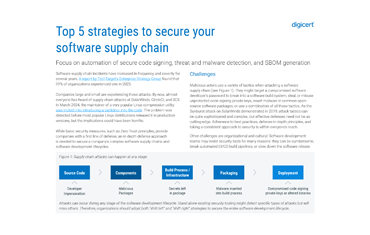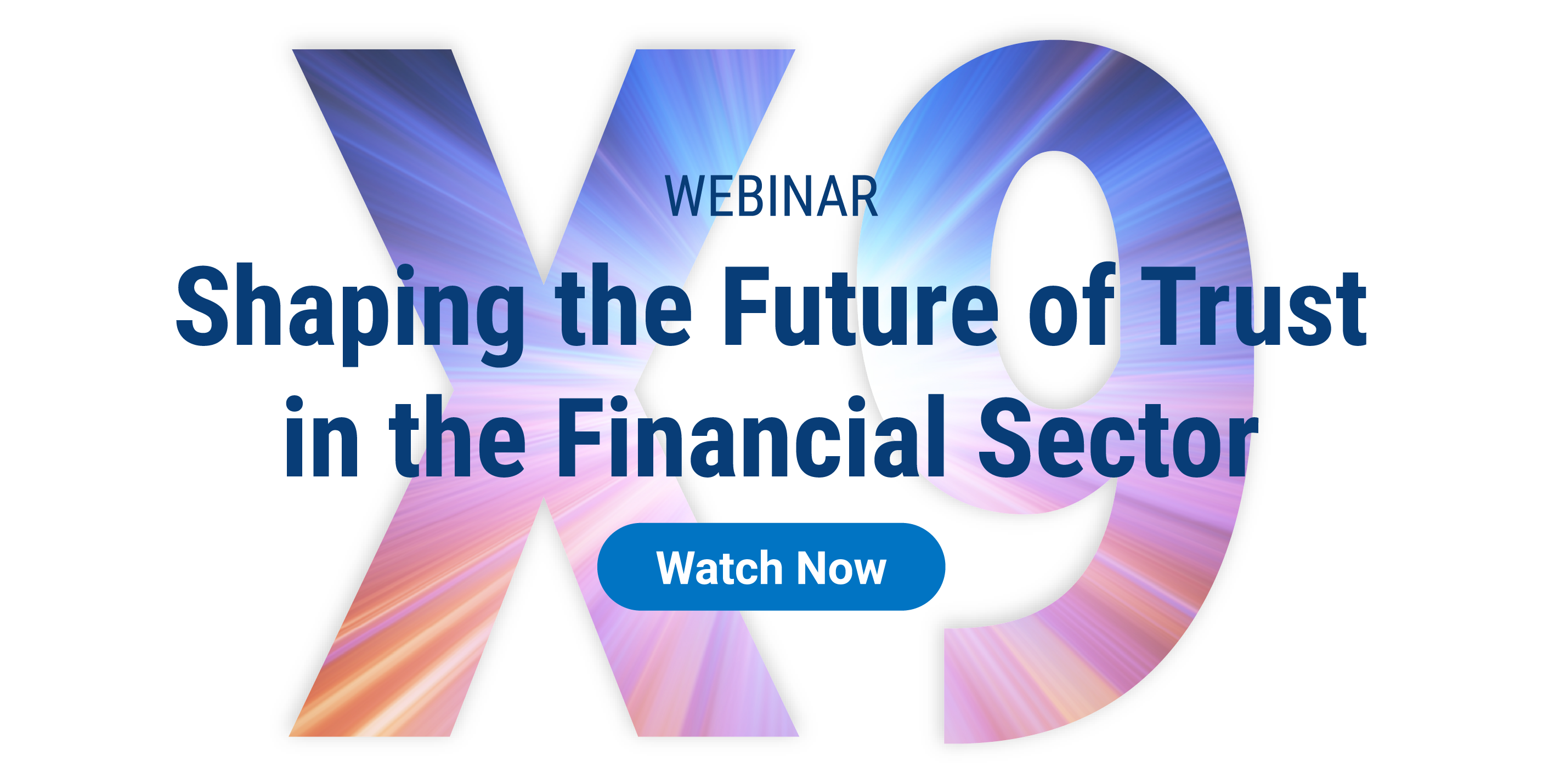
With as much money as the financial sector sinks into cybersecurity, you’d think launching a cyberattack against a bank would be like trying to break into a locked vault with armed guards on both sides of the door.
You'd be wrong.
It’s true that banks and financial institutions use some of the most advanced security technologies on the market. But none of that matters if a cybercriminal succeeds at tricking a customer into handing over the keys. That’s why attackers focus a lot of their energy on mobile banking apps—not because the systems are easy to break, but because people are often easily deceived.
As mobile banking becomes the go-to for managing money, knowing how to spot the signs of an attack—and more importantly, how to protect yourself—has never been more important.
How attackers exploit mobile apps to steal data and commit fraud
Attackers used to go straight for the vault—breaching firewalls, cracking encryption, sniffing out weaknesses in backend systems. But defenses have gotten stronger, and today’s cybercriminals often find it easier to con the bank customer than to hack the bank itself.
It’s faster, cheaper, and more effective to trick someone into handing over their credentials than to hack the underlying systems—especially mobile devices, which offer a wide attack surface, from insecure networks to spoofed messages to malicious apps.
Here’s how attackers break in without needing to break through.
Hacked WiFi
Using your coffee shop’s WiFi for online banking? Your latte order might not be the only thing you’re handing over. Public WiFi is convenient—but it’s also a prized hunting ground for attackers, who use unsecured hotspots to intercept login credentials and other data, or even just to push malware to your device.
Data breaches
Even as companies invest in breach prevention, the dark web is still full of stolen credentials from past breaches. Attackers buy these datasets to launch credential-stuffing attacks, trying combinations of usernames and passwords until they strike gold. If you’re still using the same password from two years ago, consider this your sign that it’s time to change it.
Ransomware
Ransomware isn’t just a desktop problem. A malicious link or file can install ransomware on your mobile device, locking you out of your apps and data until you pay a ransom to regain access. Even then, recovery is far from guaranteed—attackers aren’t exactly known for their amazing customer service.
Keyloggers
Keyloggers are a form of malware designed to go straight for the keyboard. Once installed, a keylogger silently records everything you type—passwords, messages, even PINs—and sends that data back to the attacker.
Mobile banking trojans
Disguised as legitimate apps or hidden in malicious links, mobile banking trojans are designed to steal credentials and financial data. Once downloaded to your device, the trojan can intercept two-factor authentication (2FA) codes, overlay fake login screens that look just like the real thing, and more—all without raising suspicion.
Phishing and smashing
Whether it’s a polished email or a text that feels just urgent enough to seem real, phishing and smishing remain go-to tactics for cybercriminals. The messages look authentic, the links are convincing—and one careless tap is all it takes to hand over your credentials.
7 ways to protect yourself while banking online
Banking apps themselves are typically secure, but as we’ve seen, cybercriminals often target the <i>human</i> element, exploiting simple mistakes like weak passwords and risky online habits. It’s up to you to be the strongest link in your financial security chain. Here’s how.
- Download apps only from trusted sources:like the Apple App Store or Google Play. These platforms screen apps and updates for security, privacy, and compliance, which helps prevent malicious or counterfeit apps from reaching your device.
- Set up multifactor authentication (MFA), which pairs a password with another authentication method, often a verification code sent to your phone. Even if a hacker gets your password, they can’t log in without that unique verification code.
- Create complex passwordsthat are unique for every account. Using a mixture of symbols and characters will make your password much harder to crack, which in turn makes it much harder for bad actors to hijack your accounts.
- Update the softwarefor your smartphone, laptop, tablet, or mobile banking app as soon as an update comes available to make sure you have the latest security patches.
- Activate security alertsso things like unusual behavior or transactions exceeding a pre-defined limit trigger a notification.
- Regularly check for data breaches that may have included your email or passwords. Websites like haveibeenpwned.com make it easy to assess your risk. If you find out that your info was compromised, change your passwords right away.
Most attacks don’t succeed because of some high-tech exploit. They work because someone clicked a link, downloaded the wrong app, or responded to a message that seemed just real enough.
That’s alarming, of course. But here’s the good news: You don’t need to be a cybersecurity expert to stay ahead. Following the practices outlined above will go a long way toward keeping your money and data safe.
The latest developments in digital trust
Want to learn more about topics like automation, compliance, and certificate management? Subscribe to the DigiCert blog to ensure you never miss a story.








